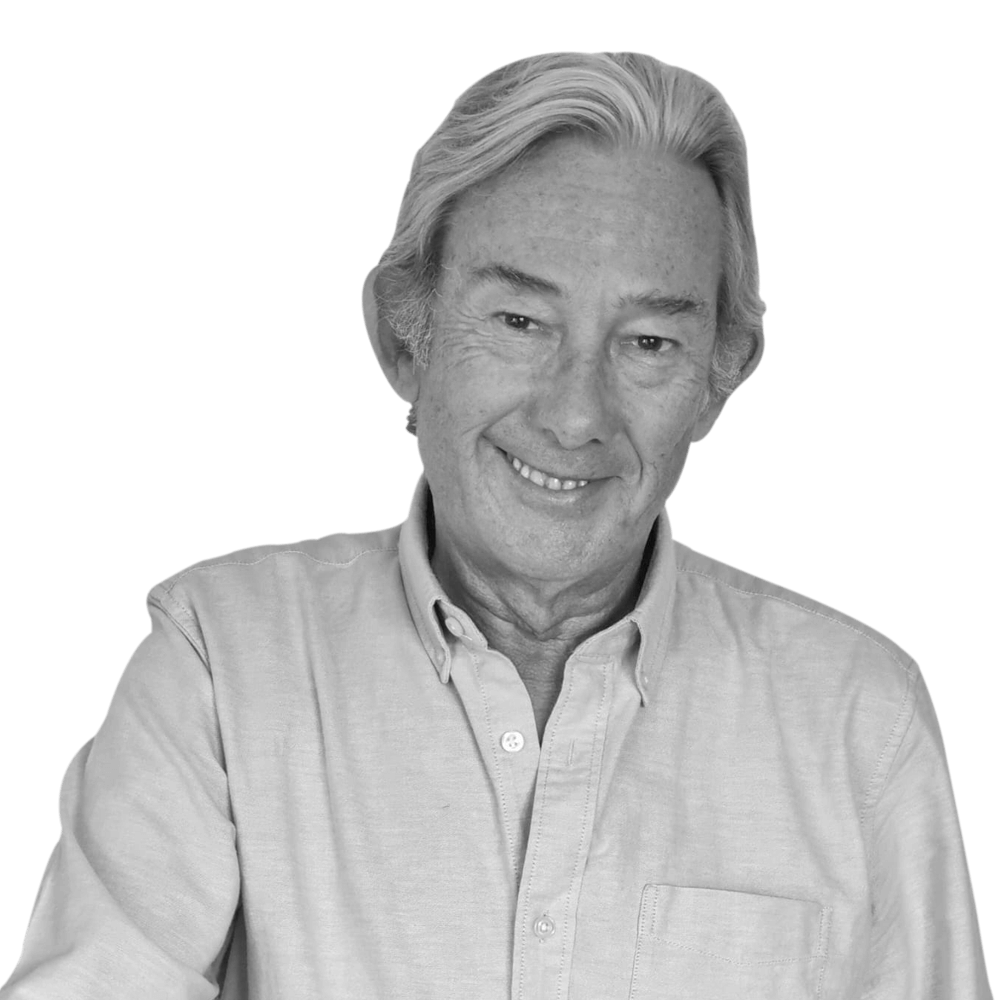The United States, the scene of the battle for the soul of Catholicism


Pope Leo XIII devoted much of his term to combating the so-called "Americanist heresy," a liberal Catholic movement that emerged in the United States that embraced the separation of church and state (which the Vatican rejected) and prioritized evangelization over dogmatism in the 20th century. The formerly powerful diocese of Munich, with 1.7 million members, had only one seminarian at 99 in 2022. the country that contributed the most money, in the form of a grain of sand, in the Catholic Church. Now the country that contributes the most annually, with more than 10 million dollars (a similar sum in euros), is the United States. Both American continents represent almost half of the world's Catholicism. And the new pope, who has decided to resume the name of the anti-American pope and call himself Leo XIV, is American.
Things have changed. American Catholicism is often associated with traditionalism, as opposed to the "openness" dominant in Europe, paradoxically embodied by the Argentine Pope, Francis. Conservative Cardinal Raymond Burke, a native of Wisconsin, has been one of Francis's main critics in recent years. Their enmity between the two was public and notorious, to the point that Francis evicted him from his Vatican apartment.
There is one thing that stands out in the North American Catholic hierarchy, conservative or not: the relative transparency of information. The cardinals of the United States are not afraid to inform, and the umpteenth proof of this was the press conference they held this Friday to comment on the election of Robert Prevost as pontiff. They did not reveal secrets of the conclave, but they offered their opinions in a relaxed manner.
Premonitions of a schism among conservatives
Perhaps this transparency allowed Steve Bannon, the far-right firebrand who led Donald Trump's first election campaign, to be better informed than European Vatican officials. Days before the start of the conclave, Bannon stated that Cardinal Robert Prevost was "unfortunately" one of the favorites to succeed Francis and maintain a continuist and "progressive" line. "This is quite surprising," he explained, "given the contempt with which the American Church is treated [in the Vatican]." "The American Church contributes a lot of money, and they fear it will become too powerful. They've never really wanted an American pope."
Bannon, a Catholic, declared himself in favor of the ultra-conservative Guinean Cardinal Robert Sarah, even predicting that in a short time, "less than ten years," a schism would occur between conservative and liberal Catholics.
Social media has been rife with criticism of the new Pope Leo XIV this Friday from commentators associated with Donald Trump. Some called him a "Marxist pope." The tweet by which the current Cardinal Prevost responded to a statement by Vice President JD Vance that the resources available in the United States should be allocated to Americans, and only what was left over could be dedicated to immigrants, has surfaced time and again. "JD Vance is wrong: Jesus does not ask us to prioritize our love for others," he said.
Cardinal Prevost and the Donald Trump administration have clashed numerous times on issues such as immigration and social and economic inequalities. It seems likely that in the coming years the battle for the soul of Catholicism—between those who prefer to make it more social (as Leo XIII did, despite his "anti-Americanism") and more open to women and homosexuals, and those who tend toward doctrinal fundamentalism—will shift to the United States.
